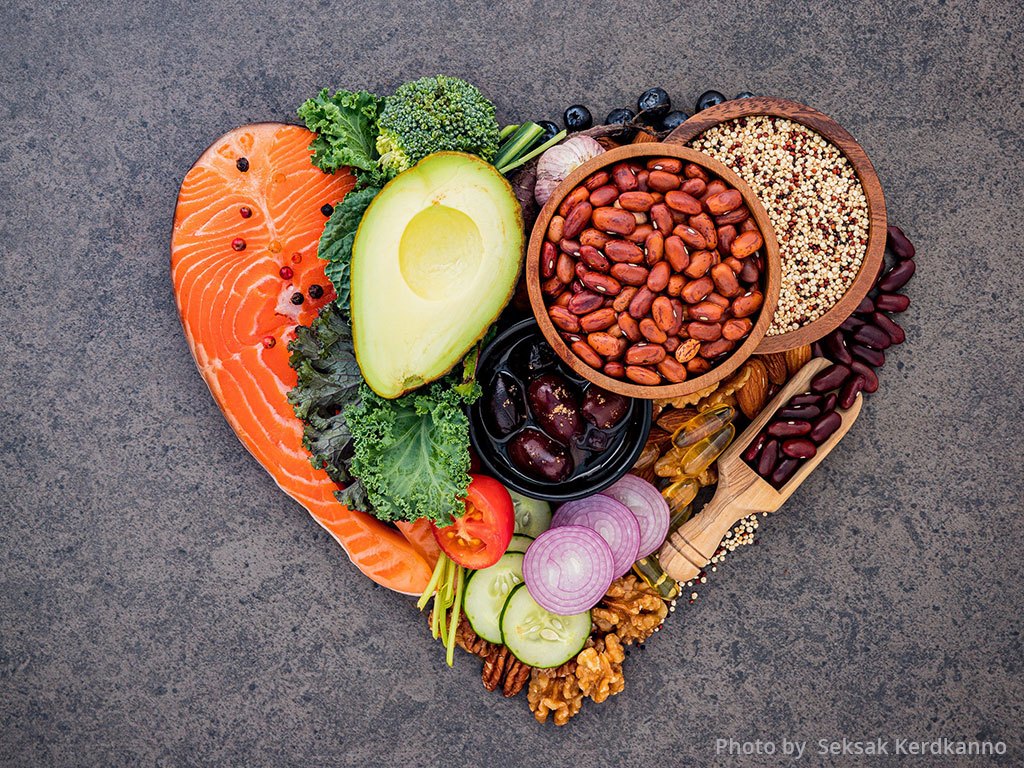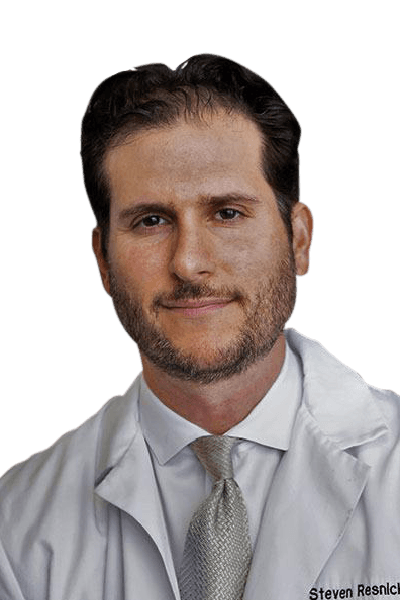According to the Centers for Disease Control and Prevention, approximately 800,000 people in the United States have a stroke every year and about three-quarters of these patients are experiencing their first stroke. Strokes can occur at any age, and it is important to be able to identify the signs of a stroke as quickly as possible — if administered quickly, appropriate treatment can be more effective. In short, every minute matters.
May is Stroke Awareness Month, a good time to think about your overall cerebrovascular health and how to identify if you (or someone you love) are suffering from a stroke. First, let’s identify exactly what is happening during a stroke.
Interrupted blood flow to a part of the brain from a blocked or burst blood vessel (that’s responsible for carrying oxygen and nutrients) is the cause of a stroke. If a part of the brain cannot get the blood and oxygen it needs, brain cells start to die. Abilities such as memory, speech, or movement that are controlled by the part of the brain that died during a stroke are lost.
If you see someone having these symptoms, or if you experience them yourself, call 911 immediately. And remember the acronym FAST:
Face — Sign: facial drooping. Ask the person to smile.
Arm — Sign: arm weakness. Ask the person to raise both arms.
Speech — Symptom: speech difficulty. Ask the person to speak a simple sentence.
Time — If the person is experiencing these symptoms, it’s time to call 911 immediately.
Warning signs of a stroke are sudden and may include one or more symptoms like the following:
- Sudden numbness or weakness of the face, arms, or legs, especially on one side of the body
- Sudden difficulty raising one’s arm or grasping objects with one’s hand
- Sudden confusion, trouble speaking, or understanding
- Sudden difficulty walking or keeping one’s balance
- Sudden numbness on one side of the body
- Sudden trouble seeing
- Sudden severe headache with no known cause
Nutrition and exercise are key factors in improving one’s overall cerebrovascular health. The recommendation for all adults is to eat healthy and exercise for an average of 40 minutes three or four days a week. This is accomplished through meal planning, as well as making conscious nutritional and fitness choices.
Aside from choosing foods high in fiber, your aim is to limit your consumption of foods that are high in cholesterol or fats. Eat more vegetables and fruits, drink less sugar containing juices, evaluate your meal portions, and set realistic goals to help reduce your stroke risks.
You increase your risk of high blood pressure, high blood cholesterol, diabetes, heart disease, and stroke by being inactive, obese, or both. But making small, daily modifications to help increase your physical activity can change that. For example, instead of using the elevator, take the stairs, choose parking spots that are farther away from your destination, and take a walk around your office building before or after lunch. Physical activity improves your emotional and physical health while reducing your risks for a stroke and many other health conditions. Doing moderate- to vigorous-intensity aerobic exercise can lower blood pressure and cholesterol and increase your overall cardiovascular and cerebrovascular health. The American Stroke Association encourages consumption of an overall healthy dietary pattern that emphasizes a variety of fruits and vegetables, whole grains, low-fat dairy products, lean poultry and fish, nuts, legumes, and non-tropical vegetable oils.
To control your blood pressure, limit the amount of sodium that you get from foods and drinks. In general, foods with more than 180 milligrams of sodium per serving may not fit into your meal plan. Try not to add salt to food at the table and when you cook, use spices and herbs instead of salt. Also, make sure to choose carefully when you eat away from home, as restaurant foods can be very high in sodium. You can always let the server know that you want low-salt or no-salt choices.
It’s also helpful to eat plenty of fruits and vegetables that are high in potassium, like bananas, apricots, oranges, cantaloupes, and apples. Good vegetable choices include asparagus, sweet potatoes, zucchini, and tomatoes. Have fat-free and low-fat dairy products. These will help you get the calcium and potassium that your body needs. If you drink alcohol, limit the amount you consume.
Eating cold-water, fatty fish (such as tuna, salmon, mackerel, and sardines) twice a week provides your body with omega-3 fats, which are heart-healthy. Be aware, however, that canned fish can be high in sodium. So it is best to choose fresh or frozen fish, or buy low-sodium canned types. Adding ground flaxseed or flaxseed oil to your food will also nourish your body with plenty of omega-3 fats.
If you are a smoker, quitting smoking is essential to good cerebrovascular health. This can feel like an impossible task to many. So to choose the help that best fits what you need, check out the information and professional assistance on smokefree.gov — it can help to support both your immediate and long-term needs as you become, and remain, a nonsmoker.
Prescribed medications like an antihypertensive to reduce and control your blood pressure, anticoagulant/antiplatelet medicine, or a statin to reduce your high cholesterol, should always be taken as prescribed by your doctor. However, if you have any issues with your medications, go back to your doctor; they can adjust the dose or change the medication.
For those who have had a stroke in the past, we encourage you to take the necessary steps that we have outlined above to reduce your risk for a subsequent stroke. Once you have had a stroke in the past, you are at an increased risk for future strokes if your risk factors are not addressed or managed.
Here at Mount Sinai Medical Center, we have a support group for stroke survivors and their family. Feel free to reach out to become part of our support group family.



